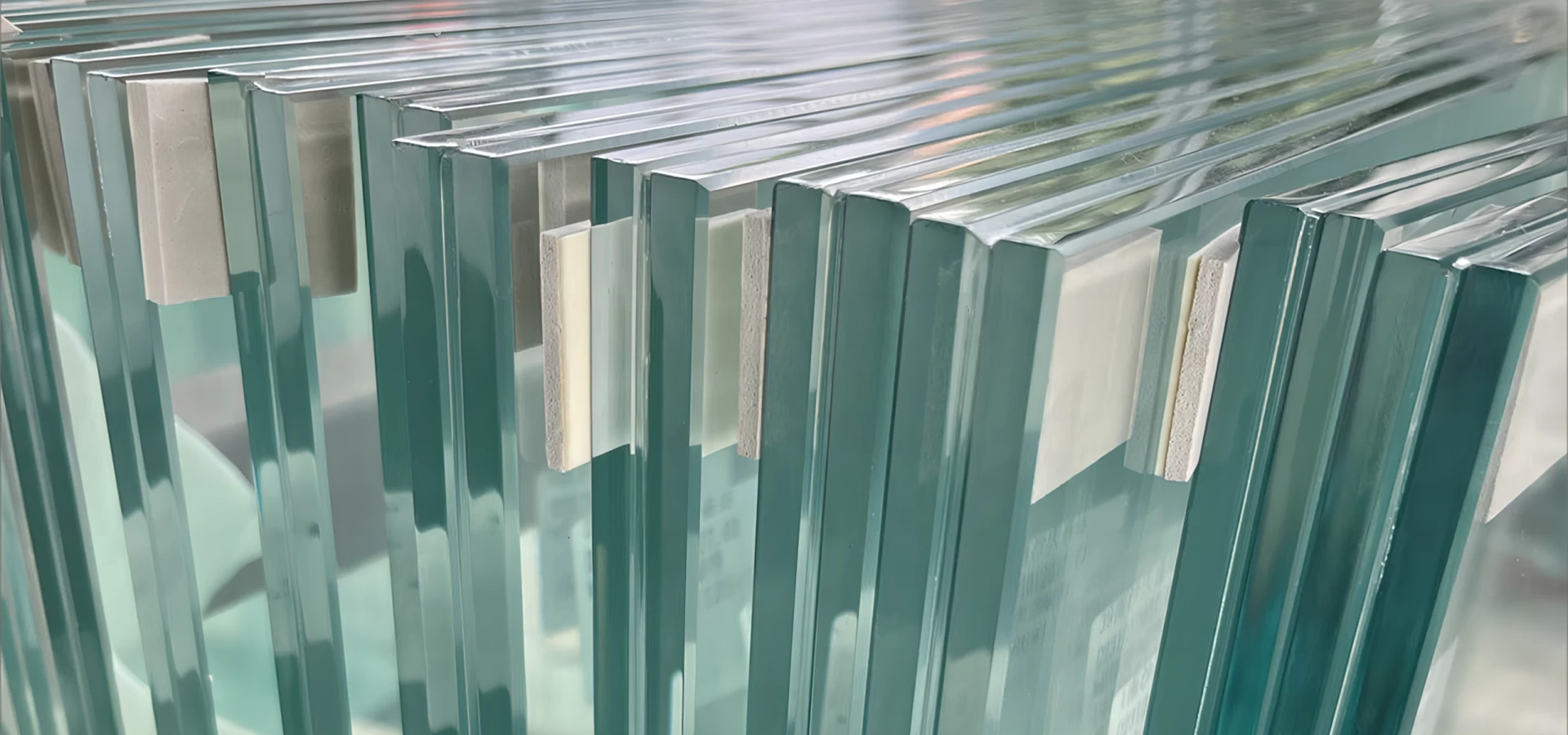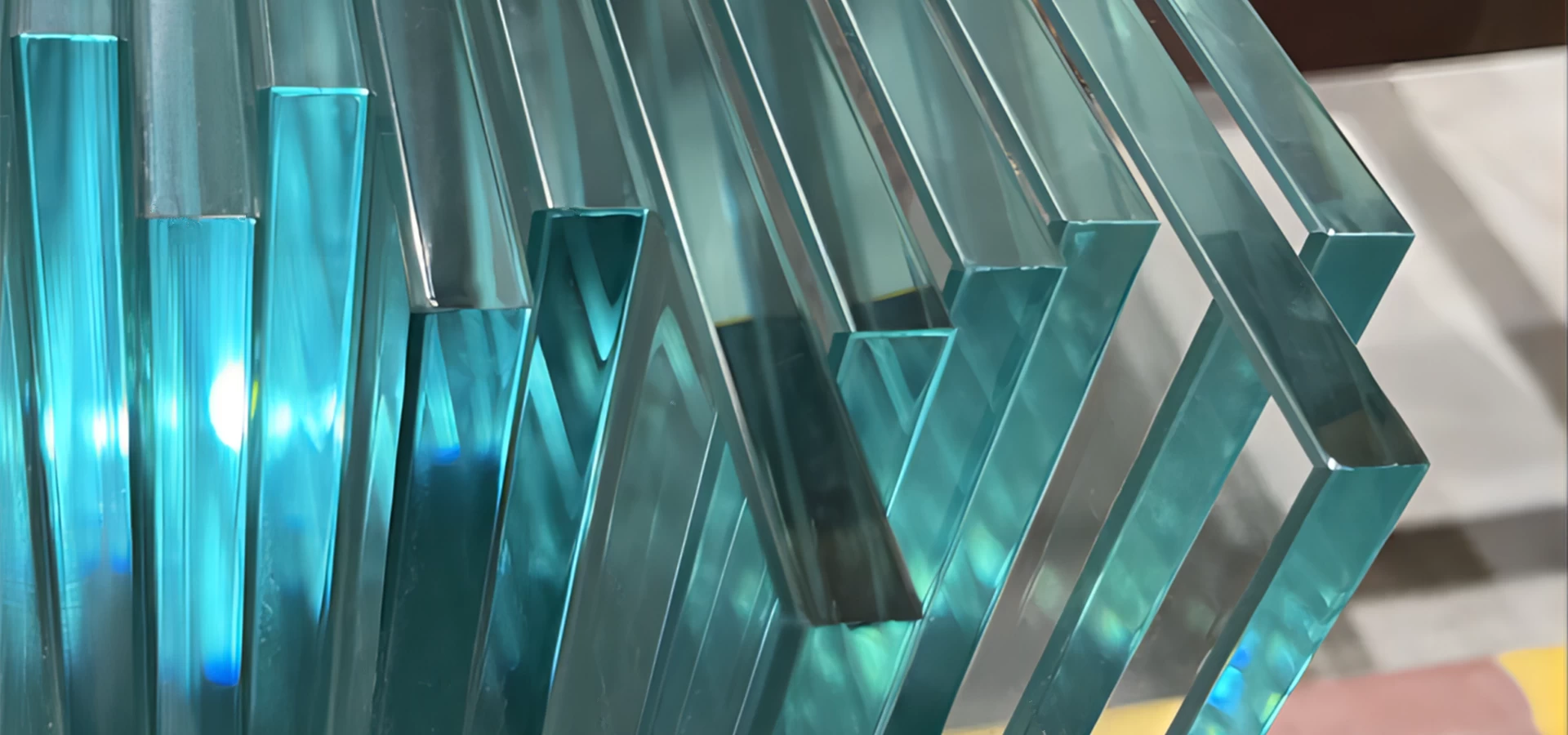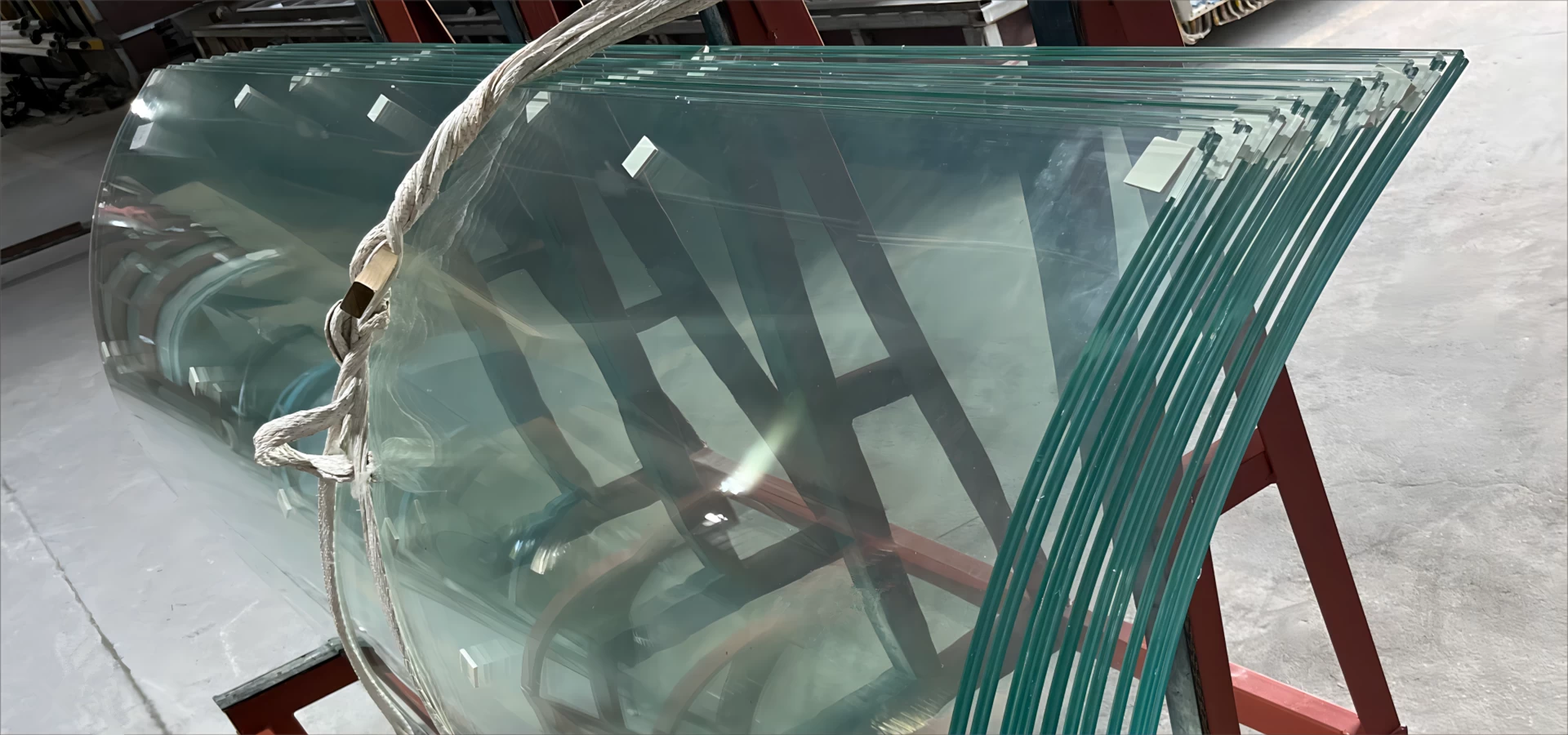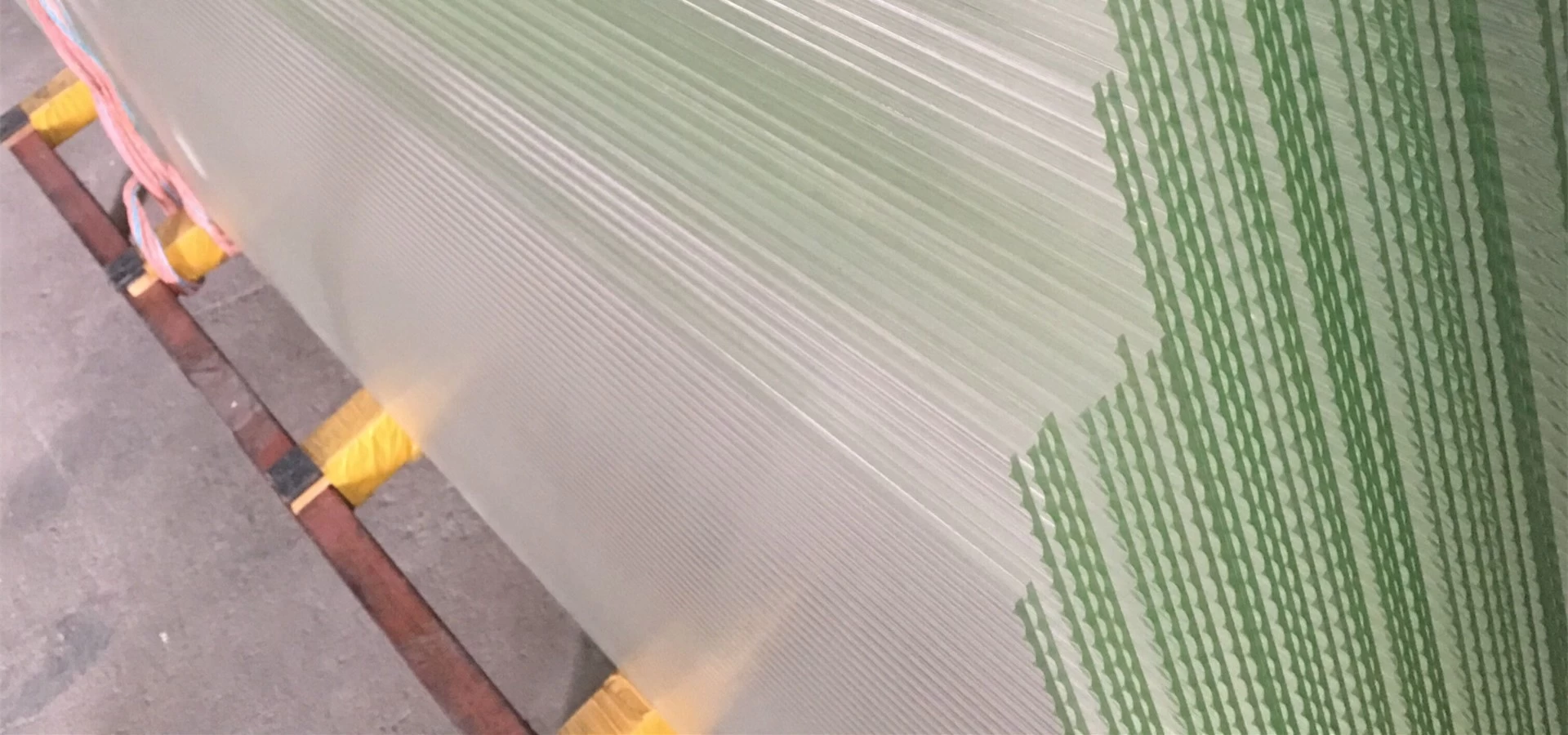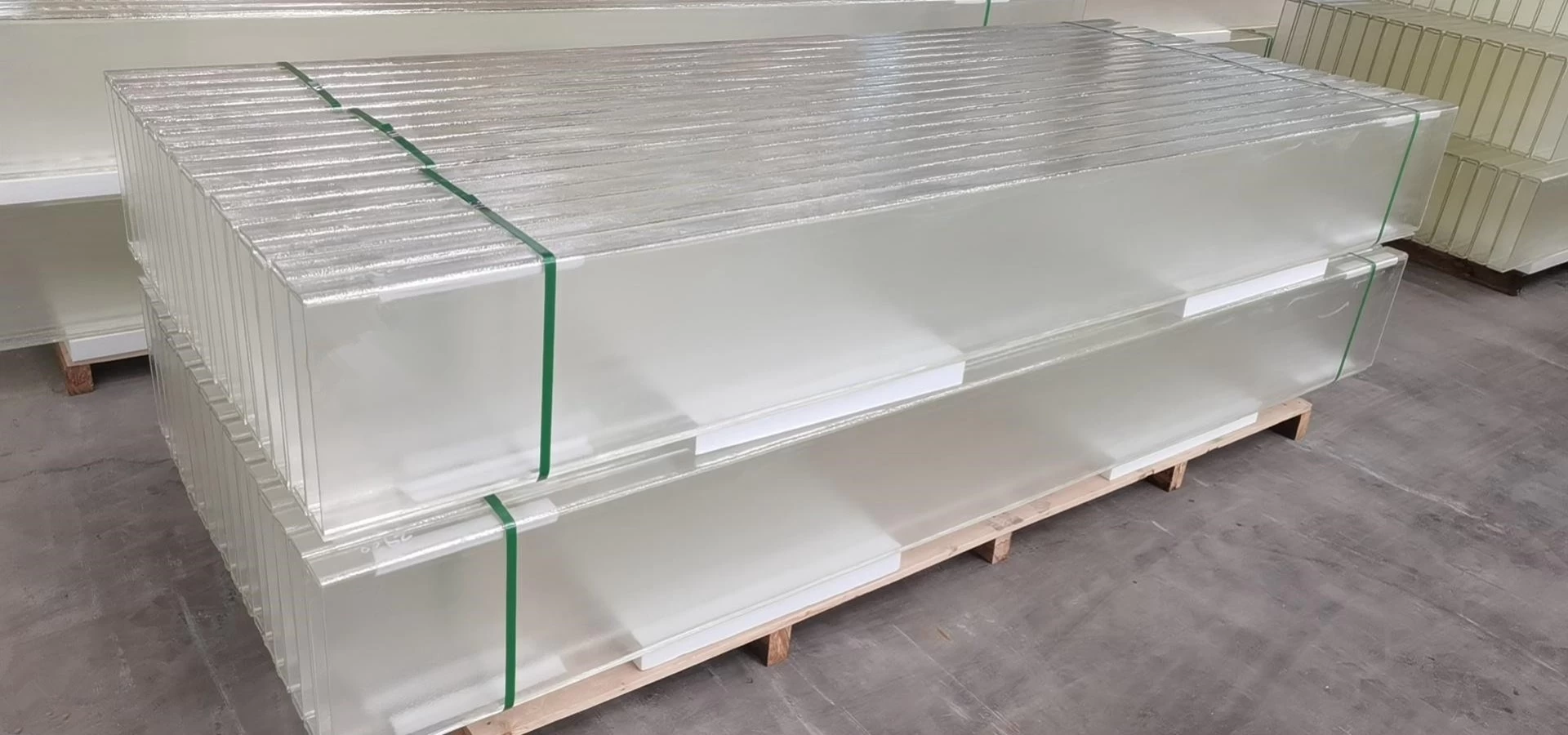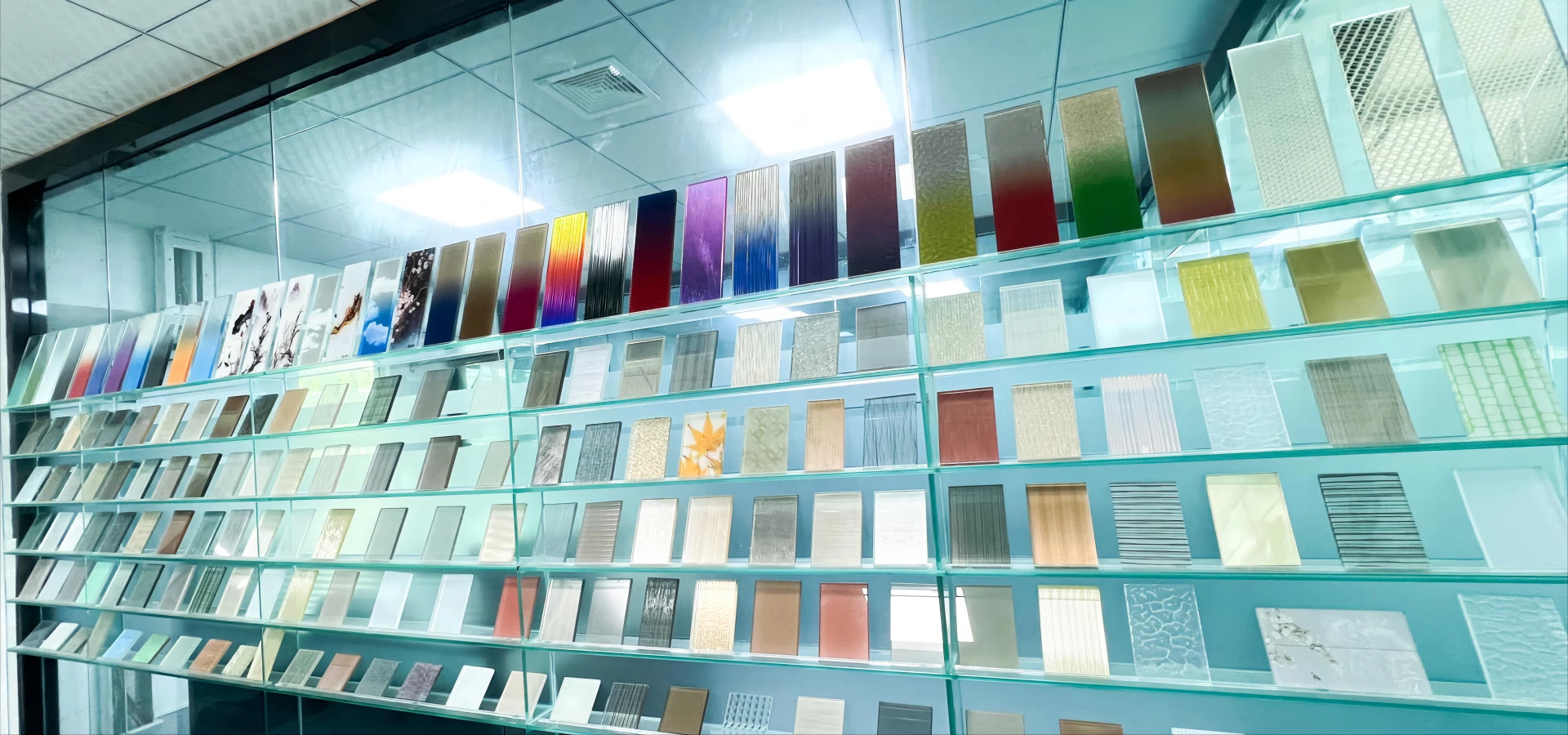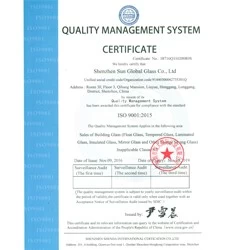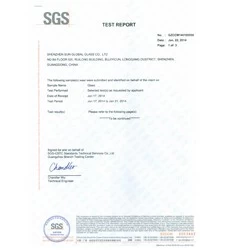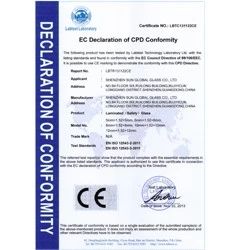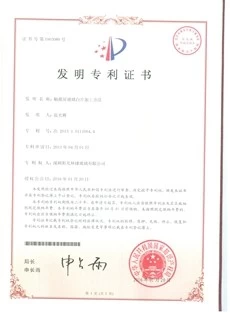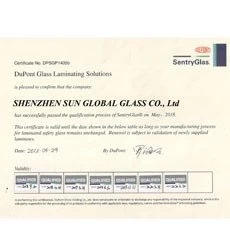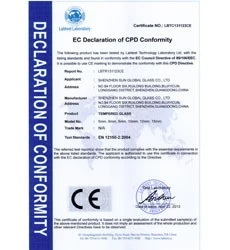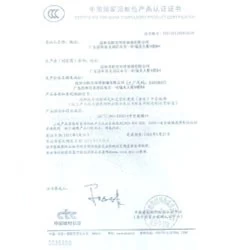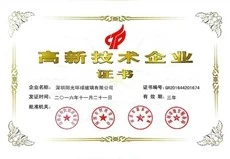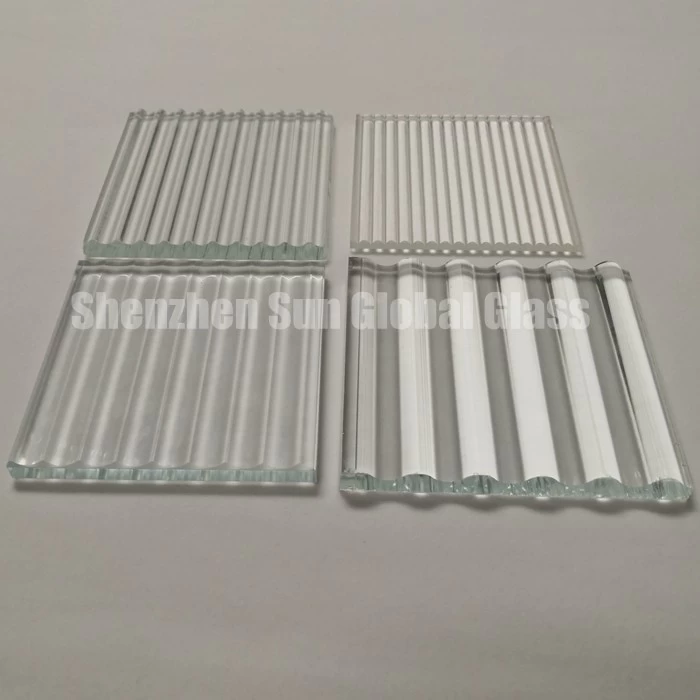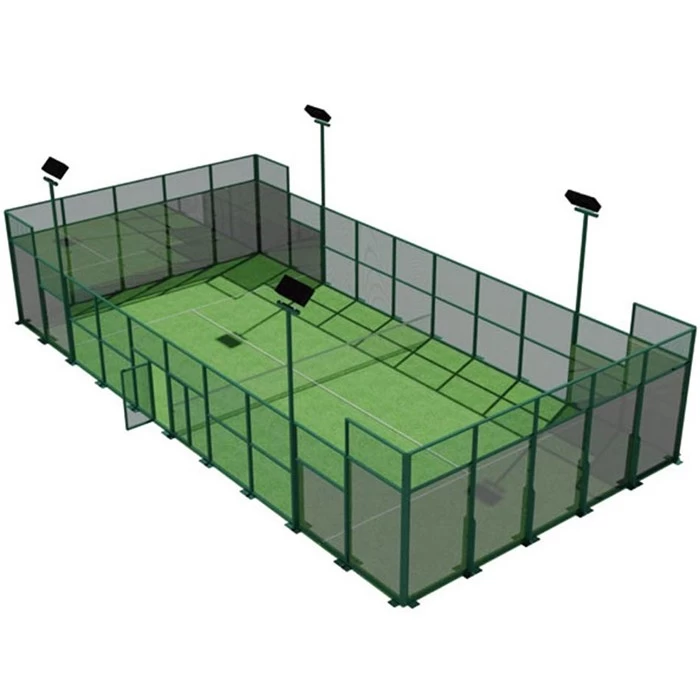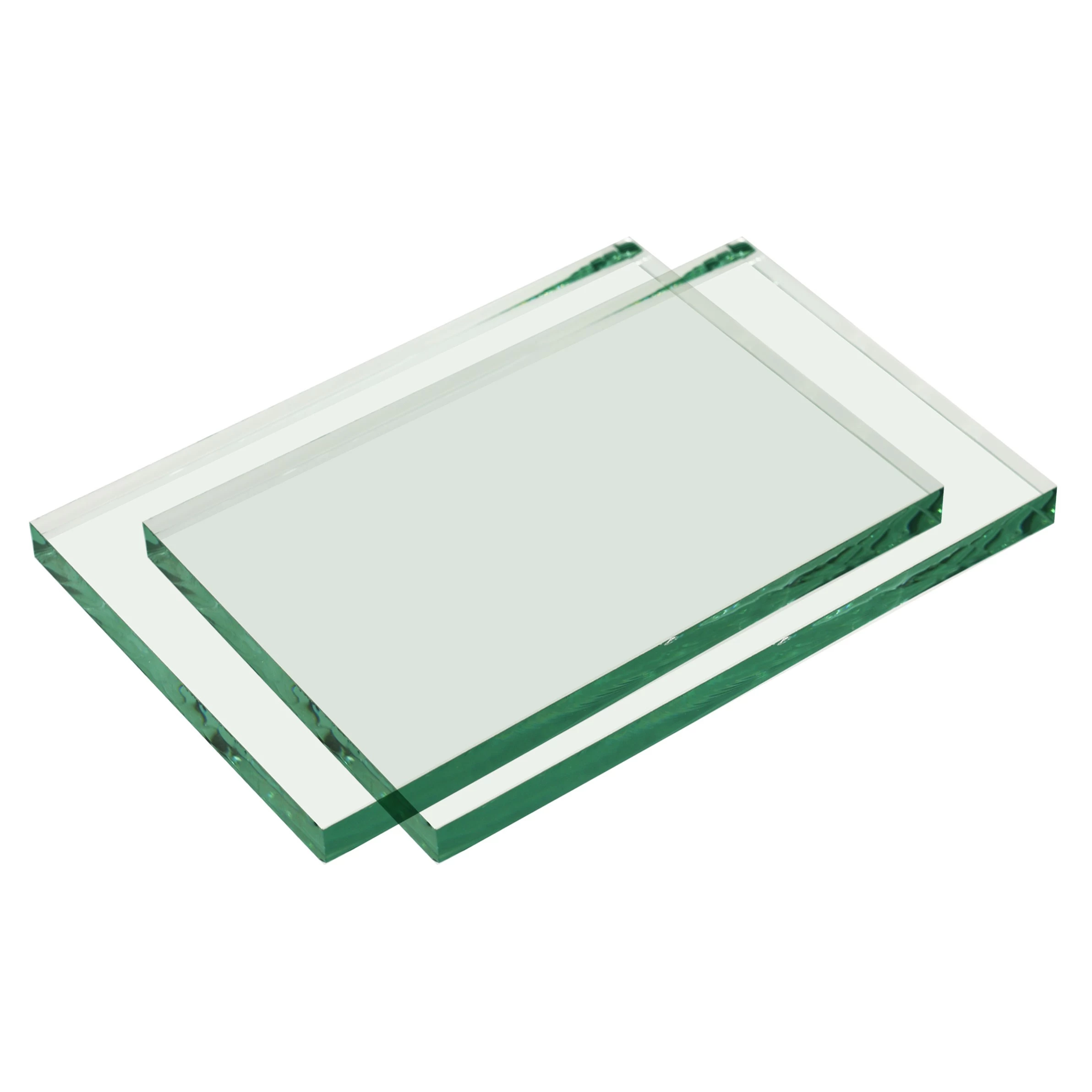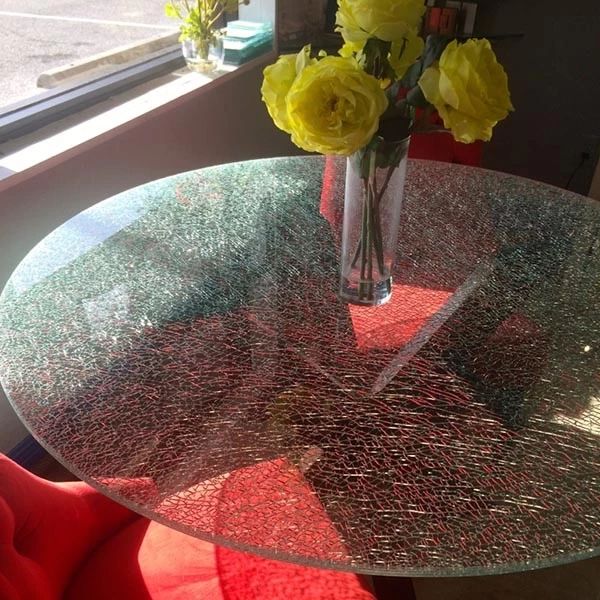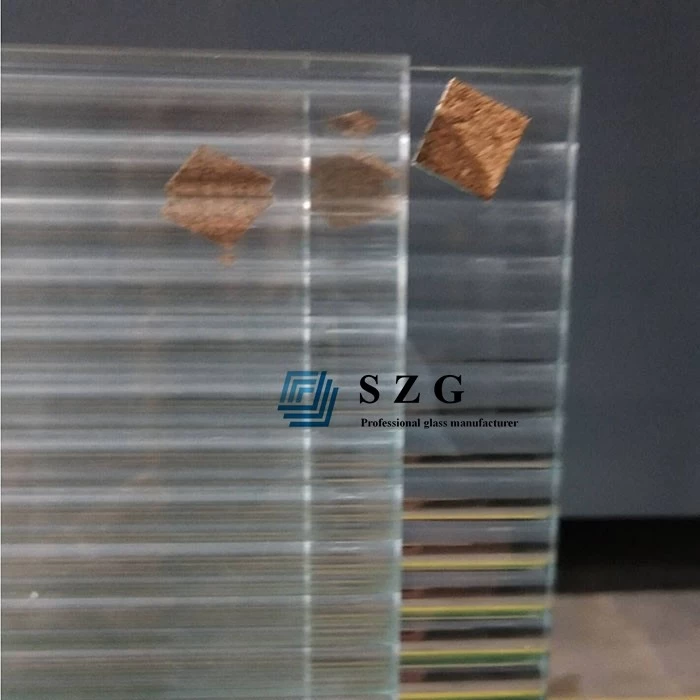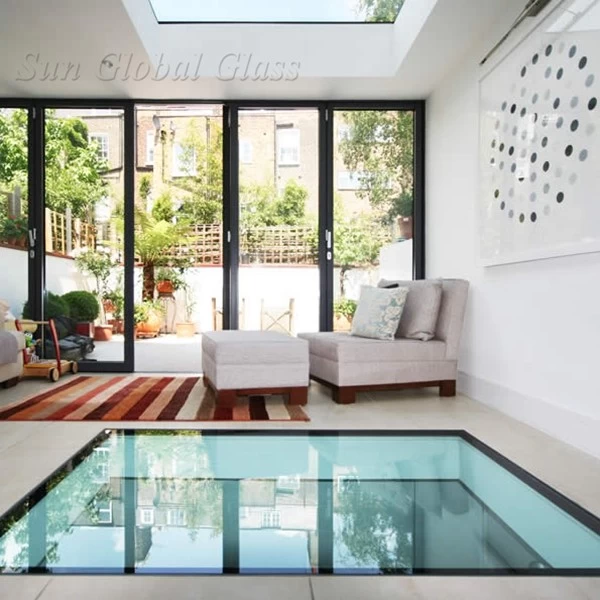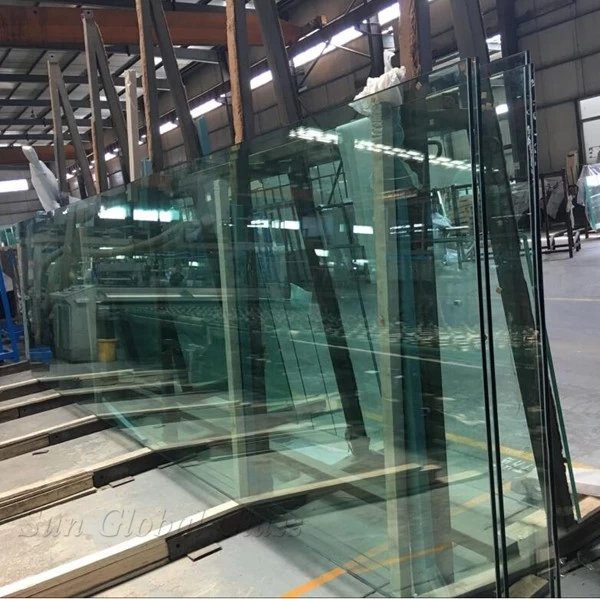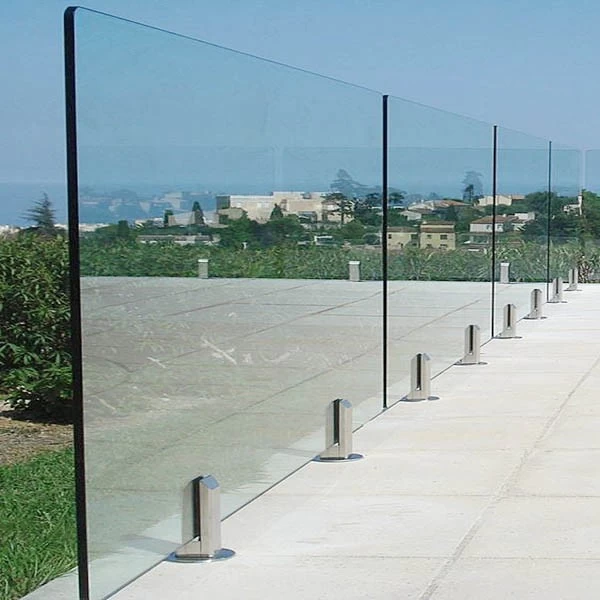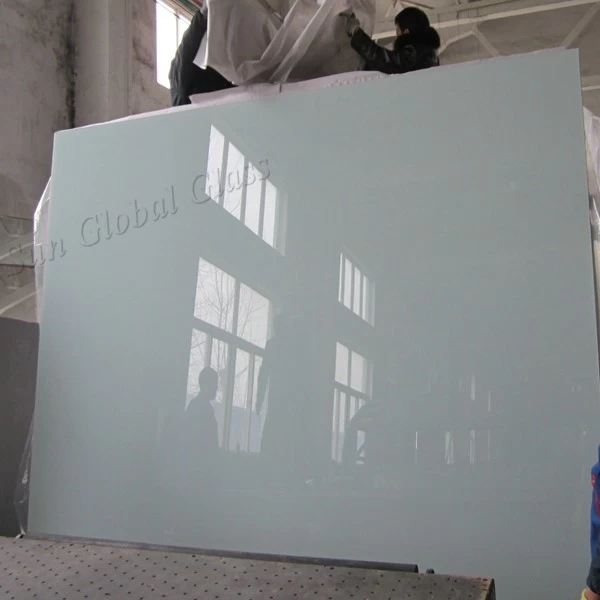What’s the advantages of LOW E glass?
Bella Zhang
www.sggglassmanufacturer.com
2016-10-20 13:48:27
The Low-E glass has very good characteristics and make Low-E glass obtain an increasingly wide range of applications in the developed countries, do you know the good features of Low e glass?
Excellent thermal performance
The heat loss of exterior door and window glass is the main part of the building energy consumption, accounting for more than 50% of building energy consumption. The research data show that the glass surface heat transfer to radiation-based, accounting for 58%, which means to change the performance of the glass to reduce the loss of heat, the most effective way is to suppress the radiation on its inner surface. The emissivity of ordinary float glass is as high as 0.84, and when it is coated with a silver-based low emissivity film, its emissivity can be reduced to below 0.15. Therefore, the use of Low-E glass building windows and doors, can greatly reduce the radiation by the indoor heat transfer to the outside, to achieve the desired energy saving effect.
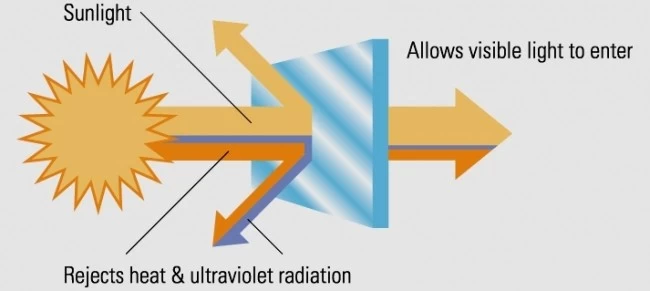 Good optical properties
Good optical properties
Low-E glass transmittance is 0% -95% range theoretically (6mm clear float glass is difficult to achieve) and the visible light transmittance represents the indoor lighting. Outdoor reflectivity is about 10% -30%, and outdoor reflectivity is visible light reflectivity, representing the intensity of light or dazzling degree, so far, China Construction department requires the curtain wall of the visible light reflectivity can not more than 30%.
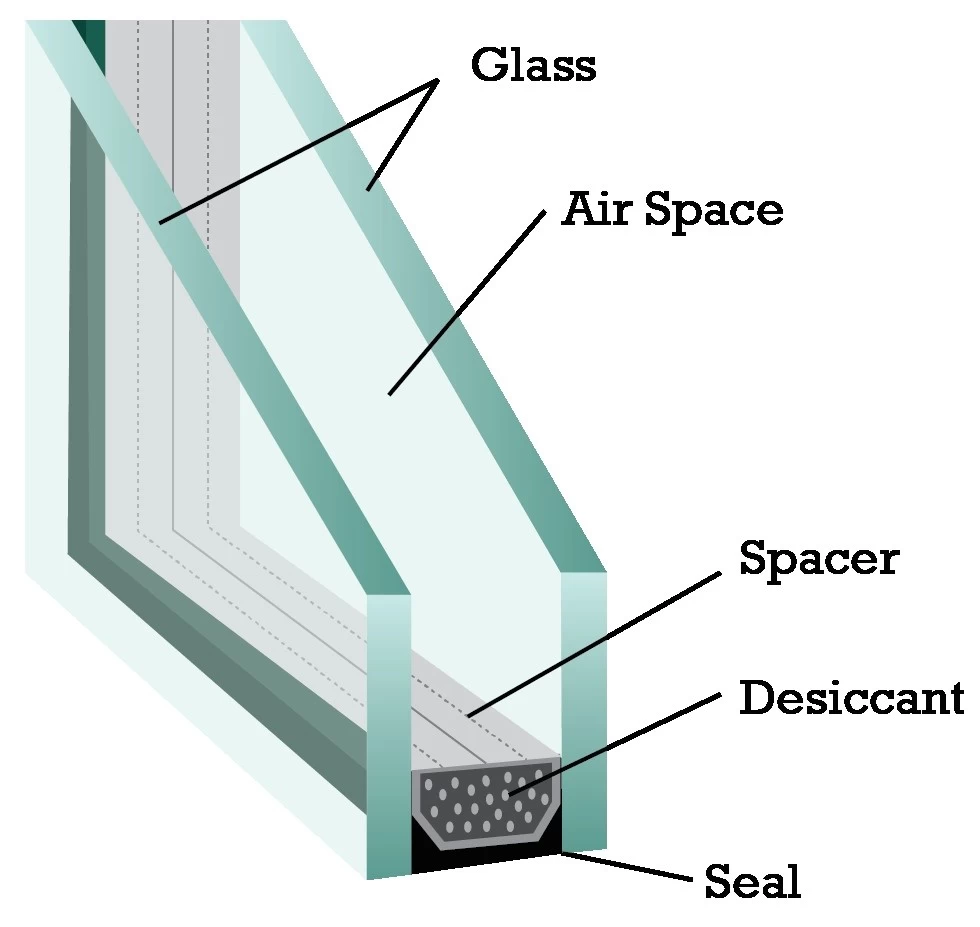 Low e glass does not use separately in modern building, it normally process into low e insulated glass to use as glass facade, glass curtain wall, glass window and glass door. The common composition is 5mm+5mm or 6mm+6mm Low e insulated glass with 9A/12A air or argon gas spacers, if you have more interest in low e glass or low e insulated glass, please do not hesitate to contact me, my email address is szsgg02@szsgg.com.
Low e glass does not use separately in modern building, it normally process into low e insulated glass to use as glass facade, glass curtain wall, glass window and glass door. The common composition is 5mm+5mm or 6mm+6mm Low e insulated glass with 9A/12A air or argon gas spacers, if you have more interest in low e glass or low e insulated glass, please do not hesitate to contact me, my email address is szsgg02@szsgg.com.
The heat loss of exterior door and window glass is the main part of the building energy consumption, accounting for more than 50% of building energy consumption. The research data show that the glass surface heat transfer to radiation-based, accounting for 58%, which means to change the performance of the glass to reduce the loss of heat, the most effective way is to suppress the radiation on its inner surface. The emissivity of ordinary float glass is as high as 0.84, and when it is coated with a silver-based low emissivity film, its emissivity can be reduced to below 0.15. Therefore, the use of Low-E glass building windows and doors, can greatly reduce the radiation by the indoor heat transfer to the outside, to achieve the desired energy saving effect.

Low-E glass transmittance is 0% -95% range theoretically (6mm clear float glass is difficult to achieve) and the visible light transmittance represents the indoor lighting. Outdoor reflectivity is about 10% -30%, and outdoor reflectivity is visible light reflectivity, representing the intensity of light or dazzling degree, so far, China Construction department requires the curtain wall of the visible light reflectivity can not more than 30%.


